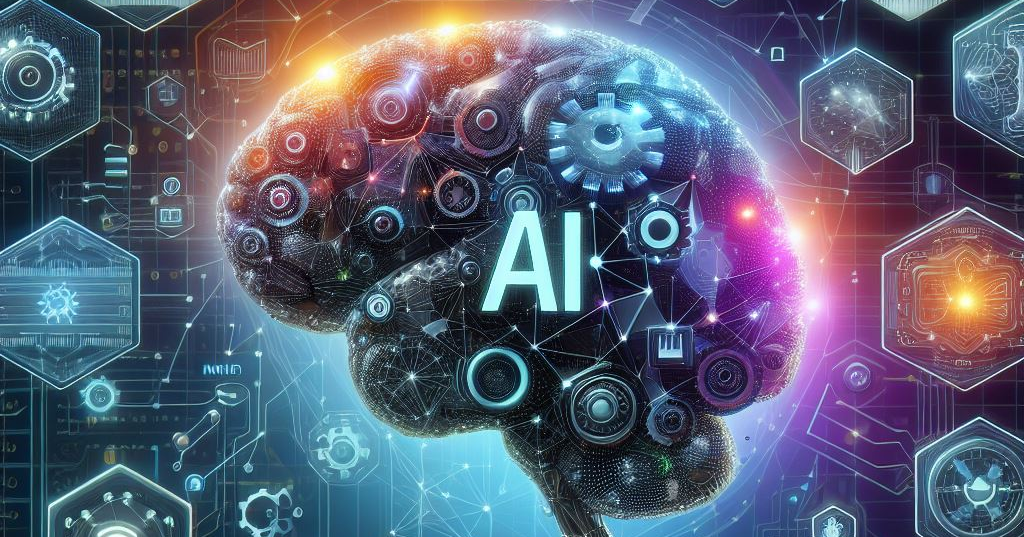Artificial Intelligence (AI)
Al is the simulation of human intelligence in machines that are programmed to think and mimic human actions, like learning & problem-solving.
Generative AI
Al systems capable of creating new content, such as images, text, or music, based on patterns learned from existing data.
Machine Learning (ML)
Is a subset of Al where computers learn to recognize patterns and make decisions based on data, without being explicitly programmed.
Large Language Models (LLM)
Advanced Al models that can understand and generate human-like text, trained on vast amounts of text data to produce coherent and contextually relevant responses.
Artificial Neural Network (ANN)
A computational model inspired by the human brain that processes information through interconnected nodes (neurons), allowing machines to learn from data.
Natural language processing (NLP)
NLP focuses on the interaction between by understanding, interpreting, and generating human language meaningfully and contextually relevantly.
Copilots
Al tools or systems that assist developers in writing code by providing suggestions, auto completions, and other helpful features based on patterns and knowledge learned from vast code repositories.
Responsible Al
The ethical development and responsible use of AI systems are crucial to ensuring fairness, transparency, and privacy. By prioritizing these principles, we can minimize potential risks while maximizing AI’s positive impact on society. Ethical AI fosters trust, promotes accountability, and safeguards user data, making artificial intelligence a force for good in various industries.
Hallucination
In artificial intelligence, “hallucination” refers to instances where an AI model produces incorrect, misleading, or nonsensical outputs that do not reflect reality or the intended task. These errors can impact AI reliability, making it essential to develop robust models that minimize hallucinations and enhance accuracy.
Plugins
Software components or modules, often called plugins or extensions, can be added to existing programs or systems to expand their functionality. These add-ons enable customization and feature enhancements without modifying the core software, ensuring flexibility, scalability, and seamless integration..
Token
In NLP, a token represents a distinct unit of text that NLP models use to understand and process language. This unit could be a word, a punctuation mark, a number, or even a sub-word.
Prompts
Mode of interaction between a human and a large language model that lets the model generate the intended output. This interaction can be a question, text, code snippets or examples.






